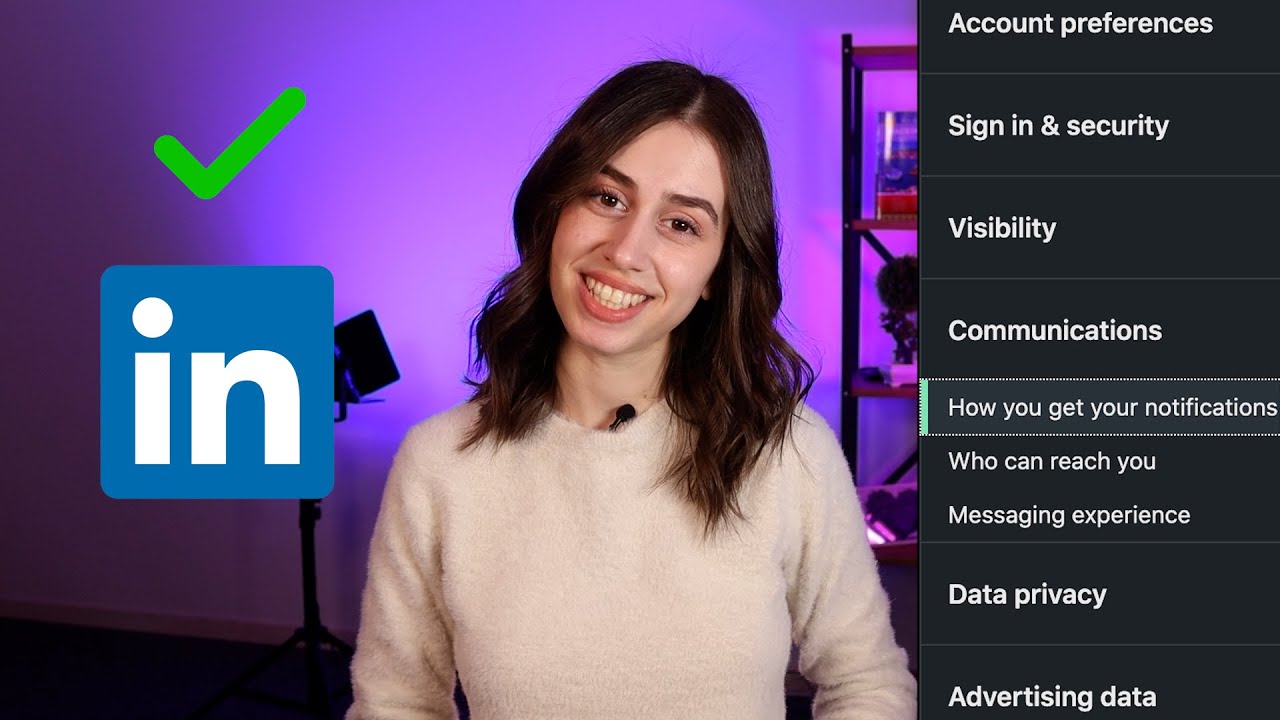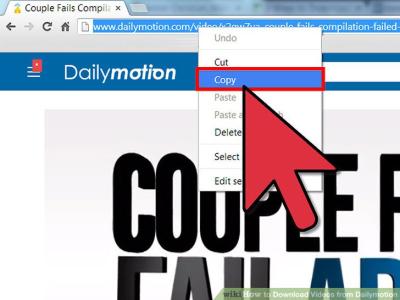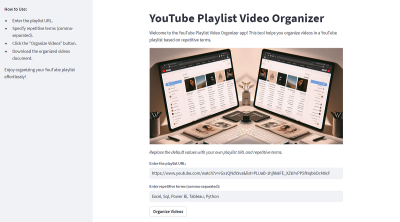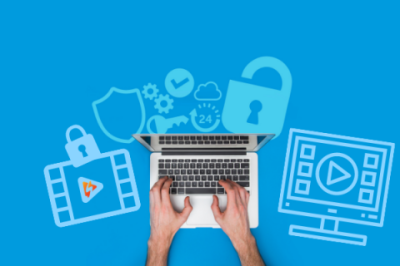LinkedIn messaging is an essential tool for professionals looking to network, connect, and communicate effectively. Unlike traditional email, LinkedIn messages are designed for quick, direct interactions, making it easier to stay in touch with colleagues, clients, and industry leaders. With over 900 million users, the platform has become a hub for job seekers and recruiters alike. Understanding how to navigate
What Does the Check Mark Symbol Mean?
When you send a message on LinkedIn, you might notice various icons appearing next to your sent messages, one of which is the check mark symbol. This small but significant icon can give you insight into your message status and recipient engagement. Here’s a breakdown of what the check marks indicate:
- Single Check Mark: This means that your message has been sent successfully. It’s like a green light that says, "Your message is on its way!" However, it doesn’t guarantee that the recipient has seen it.
- Double Check Mark: When you see two check marks, rejoice! This indicates that the recipient has read your message. It’s a clear signal that your communication has reached its destination and is in the hands of the intended reader.
- Gray Check Marks: If you see gray check marks, this indicates that the recipient has not yet read your message. You can think of it as being in limbo, waiting for engagement.
Understanding these check marks can greatly affect how you approach follow-ups. For instance, if you see a single check mark for a few days, it might be a good opportunity to send a friendly reminder or follow-up message. On the flip side, if you notice double check marks, you might consider discussing the contents of your message in your next conversation or meeting.
It’s also important to remember that not everyone checks their messages regularly, and some users may have notifications turned off. So, while the check marks provide useful information, they shouldn’t be the sole measure of your message's success or the beginning of a conversation.
Additionally, the check mark is part of a broader messaging system that includes the ability to react to messages, send attachments, and even make voice or video calls. Embracing these features can enhance your overall interaction on LinkedIn, making it a more effective platform for both networking and professional development.
In conclusion, the check mark symbol in LinkedIn messages is more than just an icon; it’s a helpful guide for understanding your messaging experience. Whether you’re reaching out for collaboration, job opportunities, or networking, being aware of how your messages are received can help you communicate more effectively.
Also Read This: How to Make LinkedIn Profile Visible Only to Recruiters: Customizing LinkedIn Privacy Settings for Recruiters
3. Types of Check Marks in LinkedIn Messages
When you send a message on LinkedIn, you might notice different types of check marks appearing next to your sent messages. These symbols are more than just decorative; they hold significant meaning regarding the status of your communications. Here’s a breakdown of the check marks you’ll encounter:
- Single Check Mark: A single gray check mark indicates that your message has been sent successfully. It means your message is on its way to the recipient, but they haven't seen it yet.
- Double Check Marks: When you see two gray check marks, it signifies that your message has been delivered to the recipient's inbox. However, this doesn't mean they’ve read it yet. It’s simply sitting in their LinkedIn messages, awaiting their attention.
- Double Blue Check Marks: The holy grail of LinkedIn messages! This symbol indicates that the recipient has not only received your message but has also read it. It's a clear signal that your communication has been acknowledged, which can be particularly satisfying in professional networking.
Understanding these symbols can significantly improve your communication strategy. For example, if you send a message and see only the single check mark, you might want to follow up after a few days if you haven’t heard back. Conversely, seeing double blue check marks can motivate you to engage further in conversation, given that your message has been read.
Also Read This: How to Bold Text in LinkedIn Posts: A Complete Guide
4. How to Interpret Message Status with Check Marks
Interpreting the status of your LinkedIn messages based on the check marks can enhance your networking efficiency. Here’s a simple guide on what each type of check mark means for your ongoing conversations:
| Check Mark | Status | What to Do Next |
|---|---|---|
| ✔️ (Single Gray) | Message Sent | Wait for a response. Consider following up after a few days if no reply. |
| ✔️✔️ (Double Gray) | Message Delivered | That’s a good sign! If it’s been a while without a response, a gentle nudge might be appropriate. |
| ✔️✔️ (Double Blue) | Message Read | Engage further in conversation. You have their attention! |
By keeping an eye on these symbols, you can better gauge the likelihood of a response. For instance, if you receive double gray check marks but no immediate reply, consider that the recipient might be busy or prioritizing other messages. In contrast, double blue check marks can indicate that it's time to follow up or ask a more in-depth question since they’ve acknowledged your previous message.
In essence, these check marks are more than just indicators; they’re part of the conversation flow, allowing you to navigate your professional relationships more effectively. So next time you send a message on LinkedIn, keep an eye out for those check marks, and use them to guide your communication strategy!
Also Read This: How to Add Badges to LinkedIn for Enhanced Professional Credibility
5. Common Misconceptions About Check Marks
When it comes to understanding the check mark symbol in LinkedIn messages, there are several misconceptions that can lead to confusion. Let’s clear up a few of the most common myths:
- Myth 1: A Single Check Means the Message Was Read
Many users believe that a single check mark indicates that the recipient has read the message. In reality, a single check mark simply means that the message has been delivered to the recipient's inbox. It does not confirm that they have opened or read it. This can lead to unnecessary assumptions and anxieties about whether or not someone is ignoring your message. - Myth 2: Two Check Marks Equate to Instant Response
Another misconception is that two check marks mean the recipient will respond immediately. While two check marks indicate that the message has been seen, it doesn’t guarantee a prompt reply. Factors such as the recipient's availability, workload, or interest in the conversation can all affect response times. - Myth 3: Check Marks Are the Same Across All Devices
Some users assume that the check mark system works the same way regardless of the device being used. However, different devices and apps may display check marks differently or may have delays in updating the status. This can lead to miscommunication about whether a message was seen or not. - Myth 4: Check Marks Only Apply to Direct Messages
It’s easy to think that check marks are exclusive to direct messages, but they can also appear in group conversations. In group chats, it’s important to remember that check marks reflect the status of each participant individually, which can complicate how we interpret them. - Myth 5: You Can Disable Check Marks
Some users think they can turn off check marks to maintain privacy. Unfortunately, LinkedIn does not offer an option to disable this feature. If you’re active on the platform, others will be able to see the delivery status of your messages.
By dispelling these misconceptions, you can better navigate your messaging experience on LinkedIn, fostering healthier communication habits and setting more realistic expectations for interactions.
6. How Check Marks Affect Communication on LinkedIn
The presence of check marks in LinkedIn messages plays a significant role in shaping communication dynamics among professionals. Here are some key ways check marks influence interactions:
- Encouragement to Communicate:
Knowing that a message has been delivered (single check mark) can encourage users to initiate conversations. It creates a sense of accountability, prompting individuals to engage more proactively rather than waiting for a response. - Impact on Response Expectations:
With the two check marks indicating that a message has been read, senders may have heightened expectations for a response. This can lead to impatience if replies are delayed. It’s essential to be mindful of how this influences your own messaging style and to manage expectations accordingly. - Professional Etiquette:
Understanding check marks can enhance your professional etiquette. For instance, if you notice your message has been read and you haven’t received a reply, it may prompt you to follow up politely rather than assuming neglect. This awareness can help maintain professional relationships. - Group Dynamics:
In group chats, check marks can affect how members perceive each other’s engagement. If certain members frequently read messages but don’t contribute, it may lead to feelings of imbalance or frustration among participants. This can influence how effectively a group collaborates. - Enhanced Clarity:
Check marks provide a visual cue that can clarify communication. Knowing the status of your message allows you to tailor your follow-up strategy. If a message remains unread, you might approach the recipient in a different way, perhaps by reaching out through another medium or adjusting the urgency of your request.
In essence, while check marks on LinkedIn can be a helpful tool for gauging communication, it's vital to remember their limitations. They should be viewed as one part of the broader conversation rather than the definitive measure of engagement.

 admin
admin








